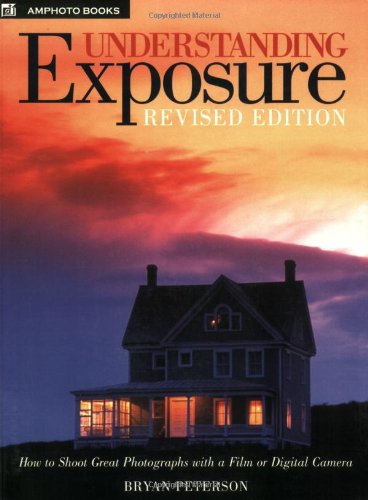Creative Close-Ups: Digital Photography Tips and Techniques Review


Creative Close-Ups: Digital Photography Tips and Techniques Feature
- Walks you through the basics of macro photography, whether you're capturing an insect, a flower, a close-up of the texture of a pine cone, or more
- Shows you how to overcome the challenges of this type of photography, such as using the appropriate equipment and how to handle focus, depth of field, and exposure
- Takes you beyond the fundamentals to help you develop your own creative style
- Informs and inspires you with the author's own stunning examples of macro photography
Product DescriptionThe art of macro photography-photographing small objects or super close-ups of small sections of big objects-yields fascinating results, but shooting at this level brings its own set of challenges. Now you can shoot close-ups with confidence and creative flair with this information-packed guide.
Renowned photographer Harold Davis provides pages of field-tested techniques on focus, depth-of-field, exposure-even the appropriate equipment to use for this unique niche of digital photography. The book includes stunning and intriguing examples of his work to illustrate concepts.
- Walks you through the basics of macro photography, whether you're capturing an insect, a flower, a close-up of the texture of a pine cone, or more
- Shows you how to overcome the challenges of this type of photography, such as using the appropriate equipment and how to handle focus, depth of field, and exposure
- Takes you beyond the fundamentals to help you develop your own creative style
- Informs and inspires you with the author's own stunning examples of macro photography
Join the vast and beautiful world of small photography with this essential guide.
Amazon Exclusive: Photography Tips and Techniques from Harold Davis

How to Use Shadows to Enhance Your Composition | 
How to Use LAB Color for Black and White Effects | 
Professional Photography Techniques from Harold Davis |
Amazon Exclusive: Interview with Award-Winning Photographer Harold Davis
We hear you’ve written some new digital photography titles. What’s the story behind these books? Wiley Publishing is releasing three new books of mine,
Creative Close-Ups: Digital Photography Tips & Techniques ,
Creative Night: Digital Photography Tips & Techniques , and
Creative Composition: Digital Photography Tips & Techniques . My idea with these books was to help people become better photographers by presenting the subject of digital photography in a different way.
What’s different about your approach? They say that cameras don’t take photos, people do. It’s really true. Someone with a great eye can take masterful photos with an inexpensive camera. Therefore, it is important to know something about photo technique, but the really amazing thing is that we can conceptualize and come up with these bits and bytes that make up a photo—and they can be meaningful to people. I try to help people come up with images that are relevant and meaningful. Cameras and hardware are just tools.
What’s with all the photos in these books? Well, everyone likes to look at striking images, so one thing my photos do in these books is get people’s attention. However, the photos play another role as well. Each photo in my book is accompanied by the story of how the photo was made and the technical data related to the photo. That way, if you’re not ready to dive into the text itself, you can learn a lot just by browsing the photos.
My feeling is that you truly do learn about photography by looking at photos. It’s much more important to look at images you admire and try and figure out why you like them than it is to read about photography. The photos in these books are baked into the DNA of the teaching strategy. By browsing through the pages, someone can learn a great deal and have an enjoyable visual experience at the same time.
What’s the most important thing that readers can get out of your new books? I want to inspire readers to be the most creative and best photographers they can be. If you pick up one of my books, I hope you can make use of the technical content and see how the photos relate to some of your own work. The most important thing, however, is to take the ideas in the book, get out there, and do some really peddle-to-the-metal creative photography.














